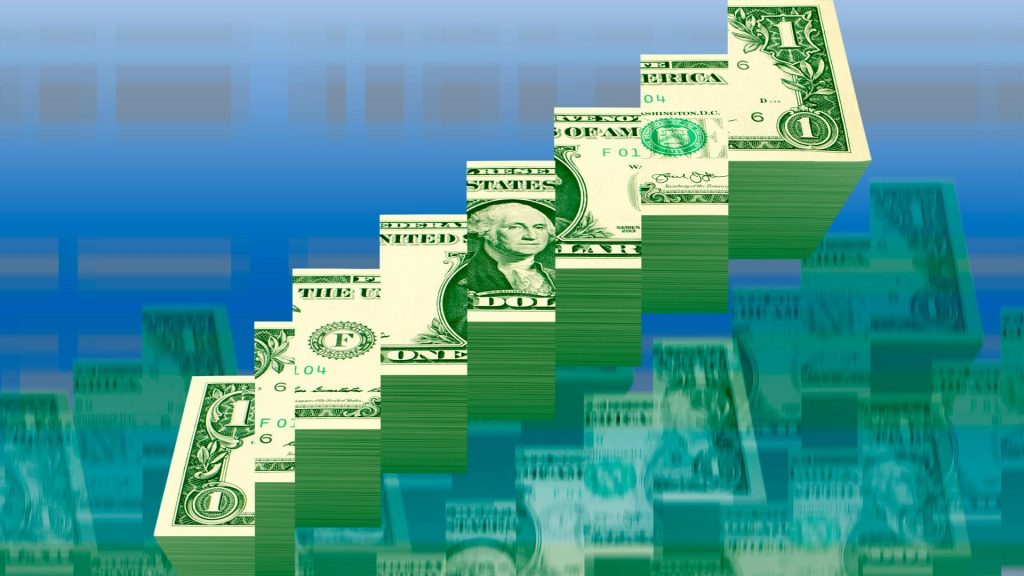Selecting a low-cost fund with a certain kind of portfolio—such as U.S. stocks or taxable bonds—can be a time-consuming task. We make it easy in this fund-buying guide.
Say you need a fund for your 401(k) or for the loose cash in your brokerage account. Morningstar offers 25,800 choices. Pawing through those is a daunting task. Use our shortcut.
The Fund Finder cuts the menu down to 199 of what we call Best Buys. These funds have low annual expense ratios. The ones organized as mutuals have no sales loads. The ones that are exchange-traded have decent trading volume, so you don’t get badly nicked when entering or exiting.
The Best Buys are divided into six asset classes:
Pick your asset class, go to the story about that class and then skip down to the table or tables listing the funds. Now sort the table on what you care about most. Sort by clicking on a column head.
For a stock fund, your key criterion might be the size of the companies it invests in; in that case, sort on “market capitalization.” For a bond fund, what matters most might be its “duration,” which is to say, how far out on the maturity spectrum it reaches.
For several of the asset classes, yield is a variable. You probably shouldn’t care a lot about yield, but if you do, sort on it.
If you want to know more about a fund, there are two good places to go. One is the website of the fund vendor. The other is Morningstar, which maintains that rich database of 25,800 funds.
A subscription to Morningstar ($249 annually) buys access to a lot of data on both funds and corporations. But some valuable info in available in front of the paywall. The easiest way to search it is via the tickers shown in our tables.
We constructed the tables using vendor websites and tools from Morningstar and YCharts. YCharts is another great research tool, but, at $3,600 annually, it’s only for Wall Street professionals.
The consolidated list of Best Buys is below. It’s sorted on fund names, but if all you have is a ticker, click on that column head and scroll down.

